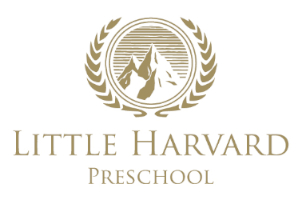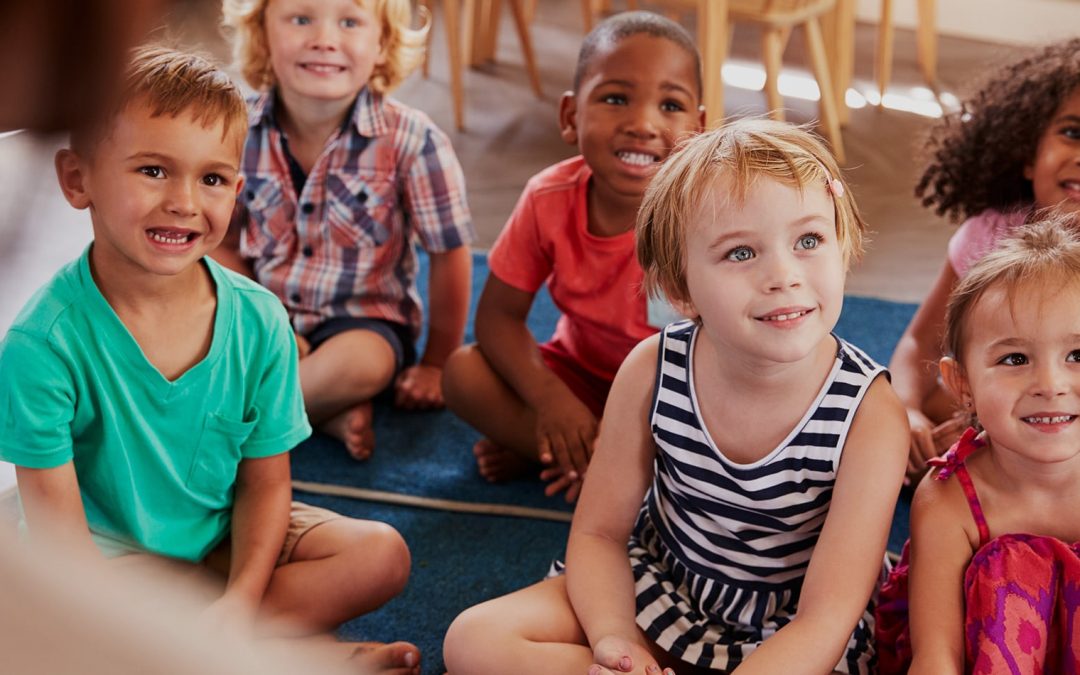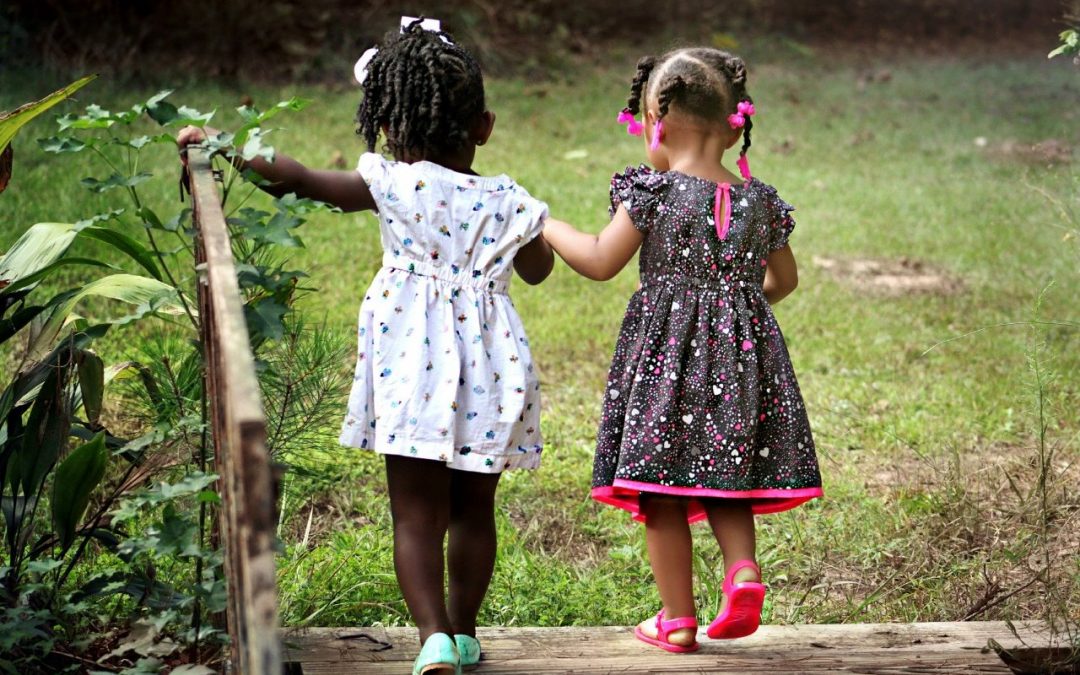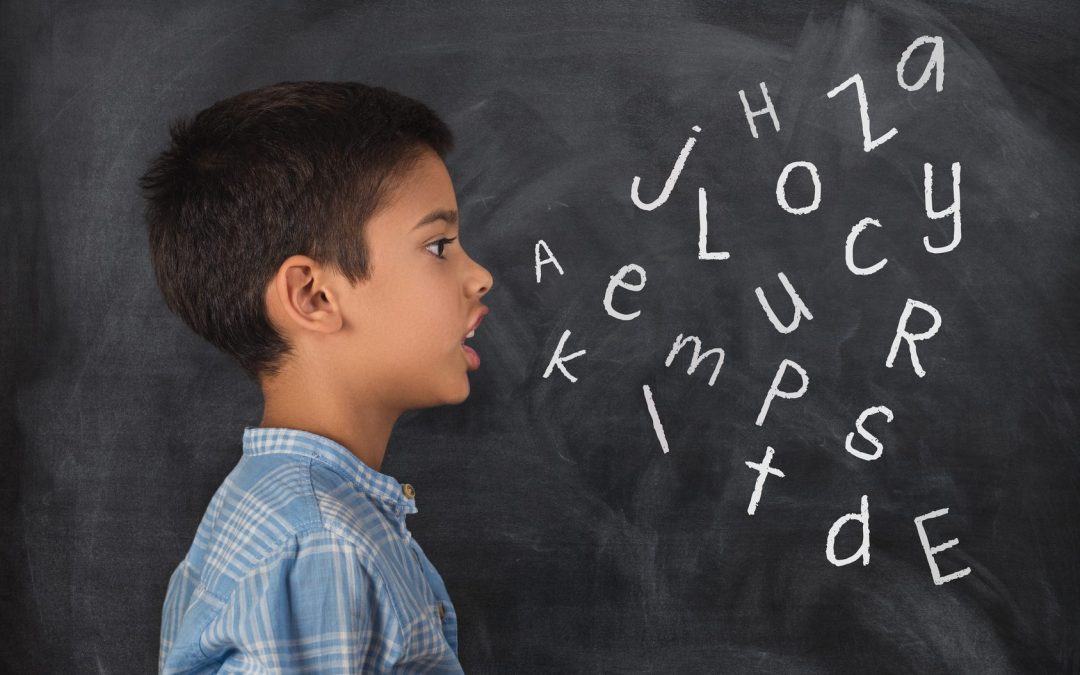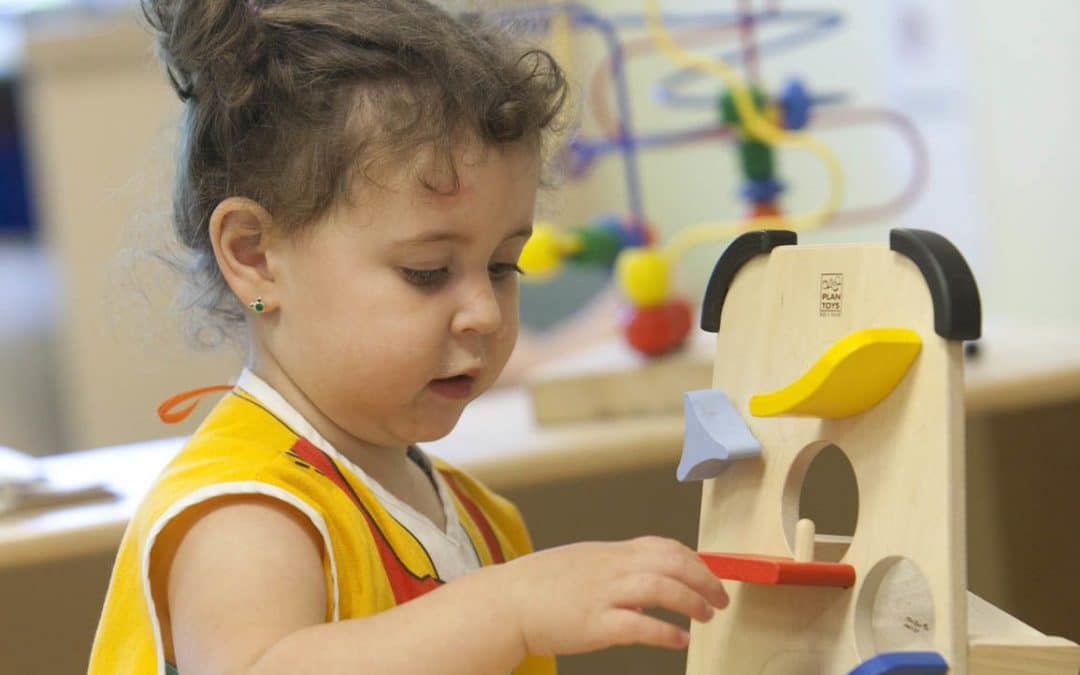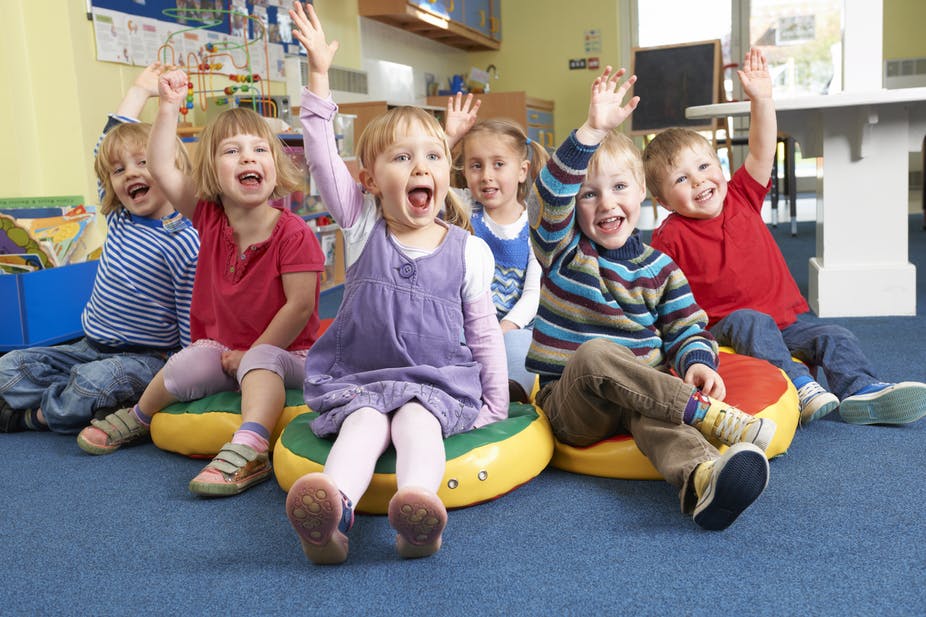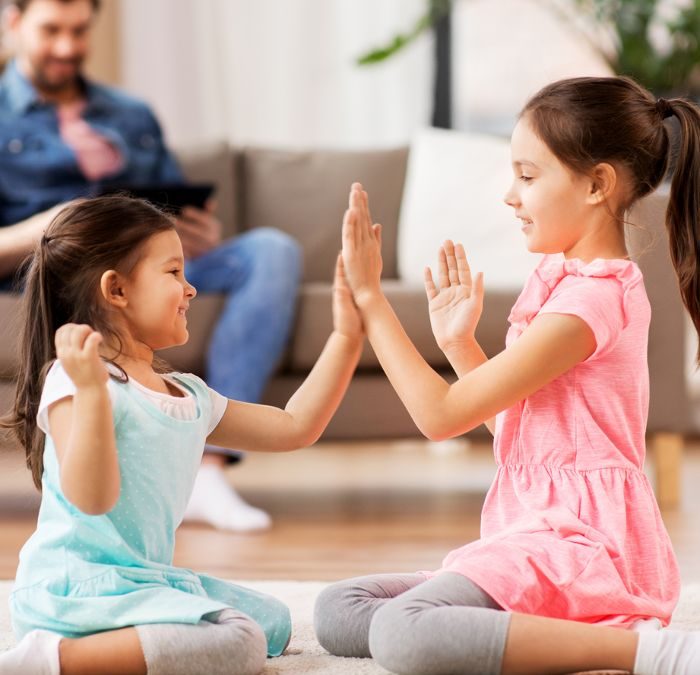Obstacle courses are a fun and engaging way to encourage movement and active play in young children. Beyond providing entertainment, these courses play a vital role in developing essential motor and cognitive skills. One of the key benefits of obstacle courses in preschool is their ability to improve praxis—the planning and sequencing of movement—an important skill for young learners to master.
What Is Praxis?
Praxis refers to the ability to formulate a plan, create a motor plan (a strategy for executing movement), and then carry out that plan effectively. This process requires the integration of multiple senses, including vision, hearing, and touch.
Children rely on their planning and sequencing skills for everyday activities such as:
-
Skipping, jumping, and running
-
Dressing and eating
-
Climbing and balancing
-
Writing, drawing, and cutting
Developing strong praxis skills lays a solid foundation for a child’s ability to organize themselves and adapt to new routines.
How Obstacle Courses Benefit Preschoolers
1. Enhancing Motor Skills
Obstacle courses help refine both fine motor skills (e.g., gripping a pencil, holding small objects) and gross motor skills (e.g., running, jumping, climbing). Strengthening these skills in early childhood sets the stage for improved coordination and physical development.
2. Boosting Memory and Problem-Solving Skills
Children navigating an obstacle course learn how to solve problems independently, such as figuring out the fastest way to complete the course. Memorizing movement sequences and improving decision-making skills are crucial for academic success and everyday tasks.
3. Improving Bilateral Integration
Bilateral integration is the ability to use both sides of the body in a coordinated manner. Activities such as crawling, climbing, and balancing enhance this ability, leading to better coordination and physical control.
4. Encouraging Sensory Development
Obstacle courses provide valuable opportunities for sensory play, including:
-
Tactile development – Feeling different textures while crawling under, over, and around obstacles enhances sensory perception.
-
Proprioception – Improving body awareness by understanding limb placement without visual confirmation.
-
Vestibular system development – Helping children understand spatial orientation and balance as they move through various obstacles.
5. Building Strength and Endurance
Climbing, jumping, and maneuvering through obstacles strengthen key muscle groups, including the hands, wrists, shoulders, and core. Developing these muscles supports fine motor tasks such as writing and cutting, which require both strength and precision.
6. Encouraging Social and Emotional Growth
Participating in obstacle courses helps children develop patience, resilience, and teamwork. Overcoming physical challenges fosters self-confidence and a sense of accomplishment.
Why Experts Recommend Obstacle Courses
Physiotherapists and occupational therapists highly recommend obstacle courses for young children due to their numerous developmental benefits. By engaging in structured physical activities, preschoolers build essential skills that will aid them throughout their educational journey and beyond.
At Little Harvard Preschool, we incorporate obstacle courses into our daily activities to help children develop strength, coordination, and problem-solving abilities in a fun and interactive environment. By encouraging movement and exploration, we provide our students with a strong foundation for lifelong learning and physical well-being.
